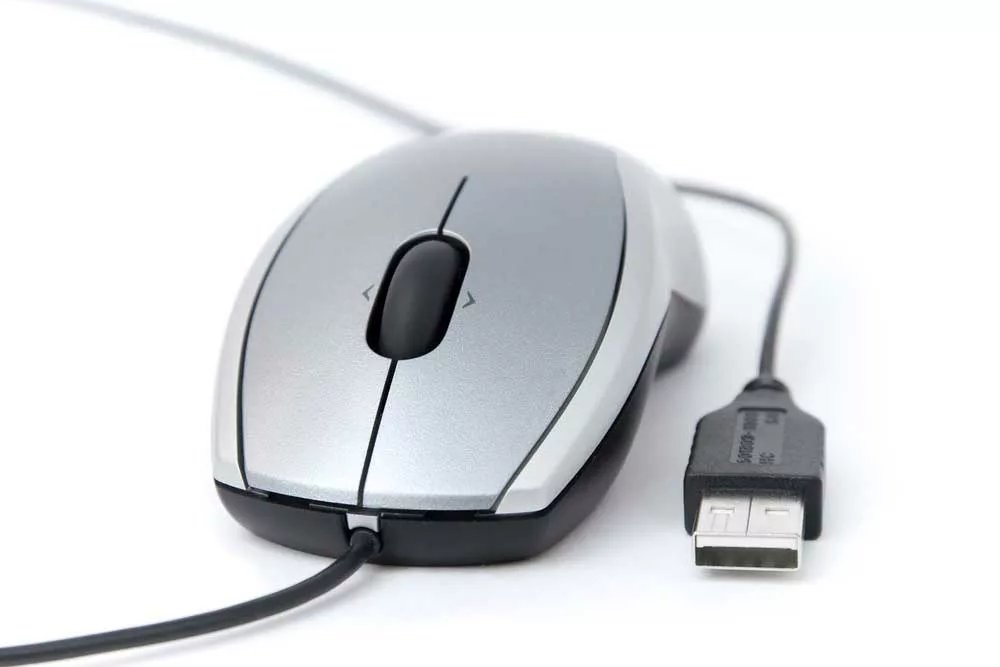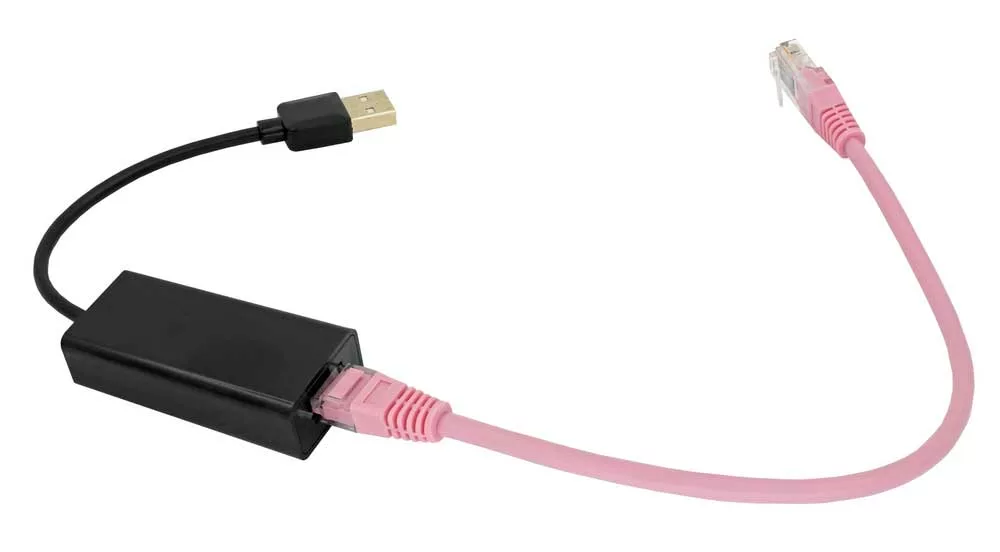How far can a USB cable go? USB cables have become an inevitable part of our day-to-day lives, and we use them with every gadget.
All USB cables have a maximum recommended length, and if you try to extend the distance beyond this limit, it will affect signal quality.
However, different cables and extenders are available, allowing us to extend the USB cable length without deteriorating the signal quality.
How far can a USB cable go with these extenders and cables? Let’s find out the answer in the following blog post.
Table of Contents
- Why do USB cables have a maximum length?
- USB standards, speeds and cable length limitation
- How to break the USB length limitation?
- Conclusion:
Why do USB cables have a maximum length?
In communication protocols, the data transfer mainly occurs through a duplex signaling method.
The duplex adopted by USB and ethernet allows communication from both sides, i.e., from the computer to other devices or devices to the computer.
When a USB-connected device receives a packet of data from the USB host, the host waits for the response before sending the next packet.
If the host receives no signal, it retries sending the same data again.
It means the response timing is essential to continue sending the data.
When the rate of data transfer increases, the host has less time to send a data packet and get a response.
Further, if the distance between the device and the host increases, the data transfer time will increase, leading to an error called “late collision.”
Thus, getting a short cable for high-speed data transfer is essential.

Computer USB mouse
USB standards, speeds and cable length limitation
Here is a table that describes different USB specifications, their max recommended length and their data transfer rate.
| USB specifications | Maximum rate of data transfer | Recommended cable length |
| USB 1.0(full speed) | 12Mbps | 3 meters or 9 ft |
| USB 2.0 (High Speed) | 480Mbps | 5 meters or 16 ft |
| USB 3.2 Gen 1 | 5 Gbps | 2-3 meters or 6-9 ft |
| USB 3.2 Gen 2 | 10 Gbps | 3 meters or 9 ft |
| USB 3.2 Gen 2*2 (USB-C only) | 20 Gbps | 3 meters or 9 ft |
| USB 4 (USB-C only) | 40Gbps | 0.8 meters or 31 inches |
When the USB standards first emerged, it intended to connect peripherals devices like mice, keyboards, printers, and other storage devices with desktop computers.
At that time, the distance between the computer and the device was short.
However, in the present scenario, USB cables are used in different applications besides the desktop.
For example, you may use your laptop’s USB-C port to connect to a wall-mounted television/display 20-30 feet away, or you can connect the CCTV camera of your office to the computer/laptop in your cabin.
Further, certain places, like hotels, corporate meetings, restaurants, etc., sometimes need a longer USB connection.
So, it would be best if you extended the length without affecting the data transfer rates.

USB Type C connected to a computer
How to break the USB length limitation?
The most common and easiest solution to increase the USB cable length is to get an extension cable/passive usb cable.
However, the results depend on the cable’s quality. If you get a high-quality cable with thick gauge copper conductors and efficiency shielding, you may experience lesser signal loss while going beyond the recommended lengths.
However, there are other ways to extend the cable beyond the nominal limit besides this.
USB hubs:
You can get extra USB ports with USB hubs, and some of them use a long USB cable to give your cable an extra length.
However, you must know that the extended length should not be more than the recommended length of the cable to avoid signal delay between the host and the device.
If you use USB 2.0 hubs, ensure the distance between each hub should not exceed 5 meters (16ft 5 inches).
Maximum number of USB hubs:
The specifications of different USB versions like 2.0, 3.0, and 3.1 allows seven tiers of the device in a connection from end to end.
However, the end devices are the host and the device itself, leaving only five tiers free.
One USB hub is counted as one tier, and thus, you can use a maximum of 5 USB hubs and get a max cable length of 30 meters or 98 ft and 5 inches.
Active and optical USB cables:
Active USB cables have specific electronics that can regenerate the USB signals. They are like USB hubs with one port.
Thus, you connect a regular USB cable (not more than 5m for USB 2.0 and 3m for USB 3.0) with the active cable to get an extended length.
Also, you must note that active USB cables are bus-powered, and thus, if you want to get the full capacity of a USB port, i.e.
500mA, you must buy an active cable with an additional power adapter.
Despite considering all the factors, you may still face signal delay in active USB cables, so if you are using active USB cables longer than the standard length, it will not support 4K videos.
In such cases, USB optical cables come to your rescue. These cables use fiber optics or light for fast data transfer with lesser signal attenuation.
The maximum length of USB active cables:
The maximum length depends on whether you use an active cable with a regular cable.
If you are not using a high-quality cable, the maximum length of the USB active cable for USB 2.0 is 30 meters, and for USB 3.0 is 18 meters.
However, if you are using a regular cable whose recommended length is 5m and 3m for USB 2.0 and USB 3.0, respectively, the maximum length for an active cable becomes 25 meters for USB 2.0 and 15 meters for USB 3.0.
What if you need to extend the length by more than 30 meters? There are methods to do this, but it may cost you slightly higher than the previous methods.
USB extenders over Ethernet:
A USB cable over ethernet (Cat5, Cat6, and Cat7) extension adapter is like a USB hub with multiple USB ports and an ethernet port.
The adapter connects to the host and converts the signal into another form which can be transmitted via ethernet cable.
At the other end, the adapter converts the signal back to the USB and transfers them to the device.
The adapter can transmit data up to 50 meters without signal loss. It can work up to 1000 Mbps for USB 3.0 and higher devices when combined with Cat5 and other higher ethernet versions.

A USB to Ethernet Extender with an ethernet cable
USB cable over fiber extender:
This extender is similar to the above adapter but has a fiber optic port instead of an ethernet port.
As a result, the USB signals from the host are converted to light signals traveling through a fiber optic cable.
At the other end, the signals are converted back into USB ones with the help of another adapter entering the device.
With a USB over fiber extender, you can send signals up to 5Gbps using a USB 3.0 and higher devices.
This extender lets you keep or mount your USB device at any height and distance.
You may use hard drives, scanners, touchscreen, webcams, audio devices, and many more that need a long-distance connection with a computer or a laptop.
Conclusion:
So, now, you need not restrict yourself from using any device just because of its distance from the host.
For any USB cable suggestions related to their length and extenders, contact Cloom.
Our professionals have the technical expertise and can suggest the best possible solution for your cable issues.
